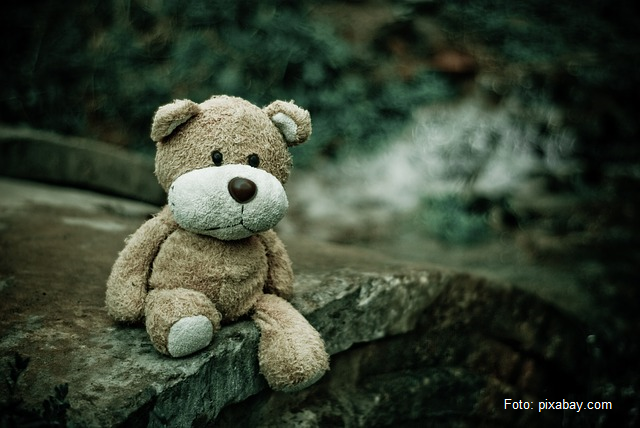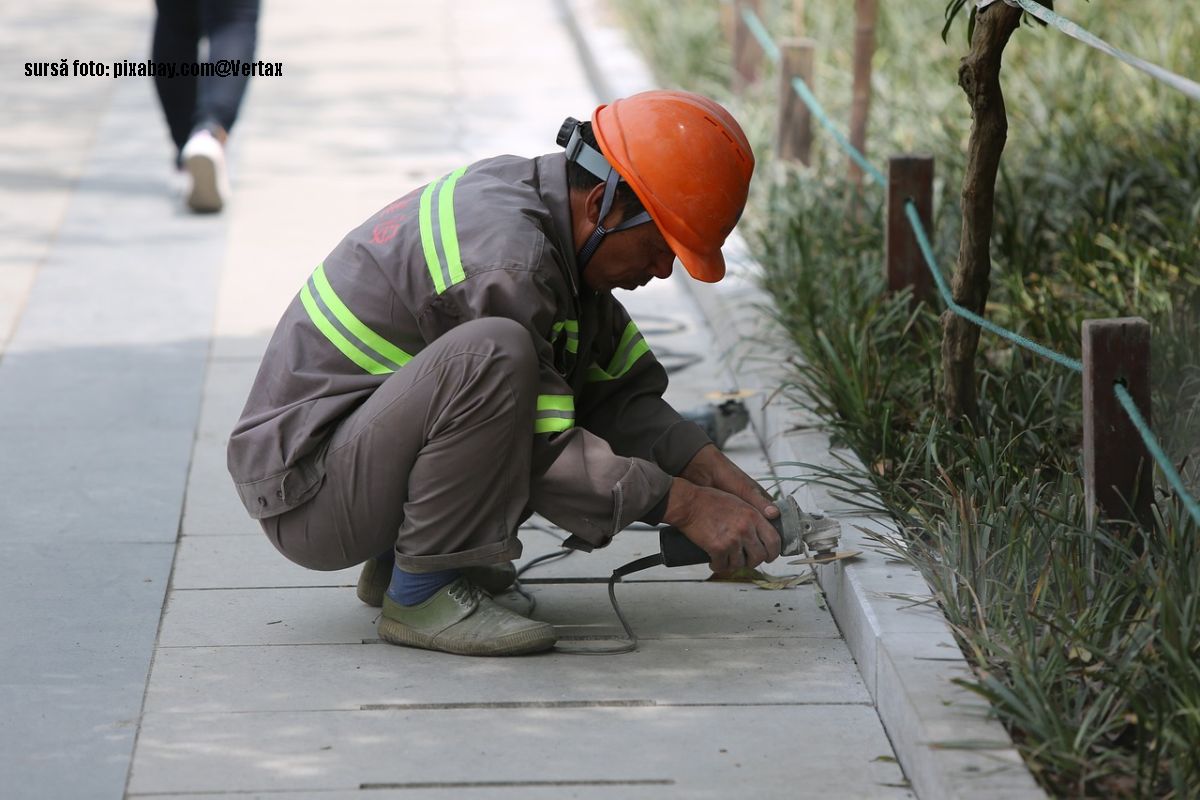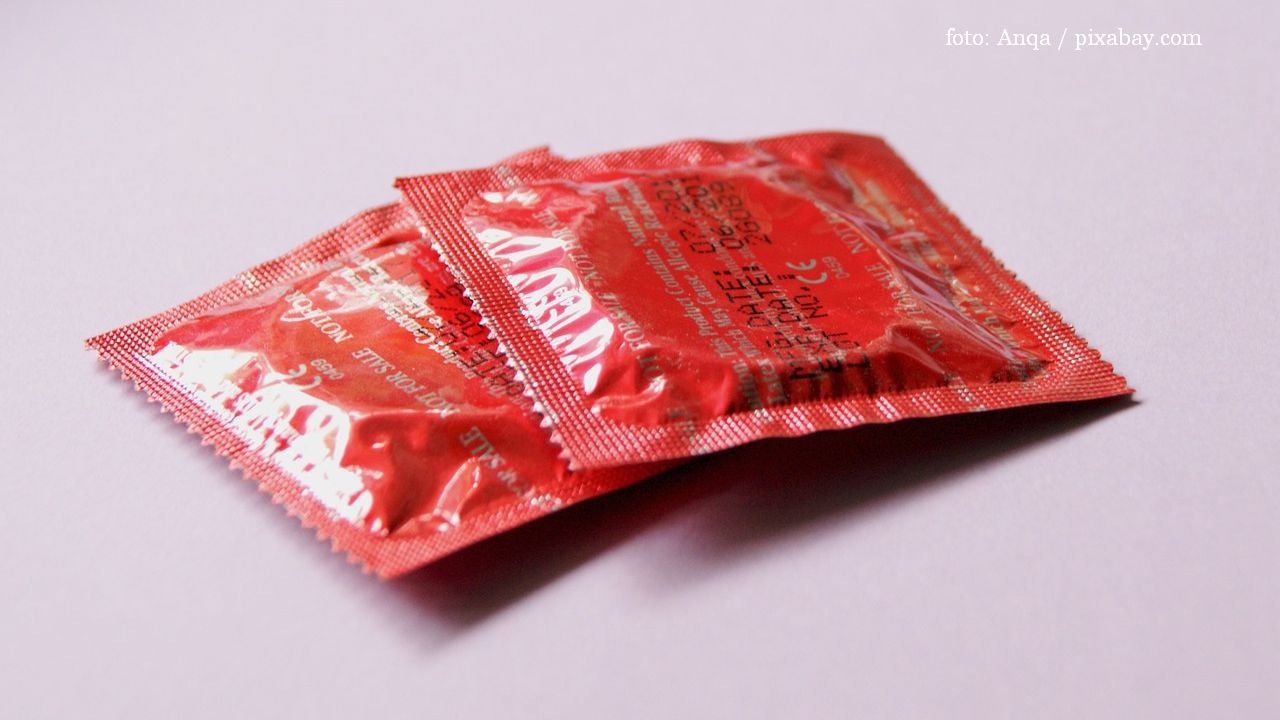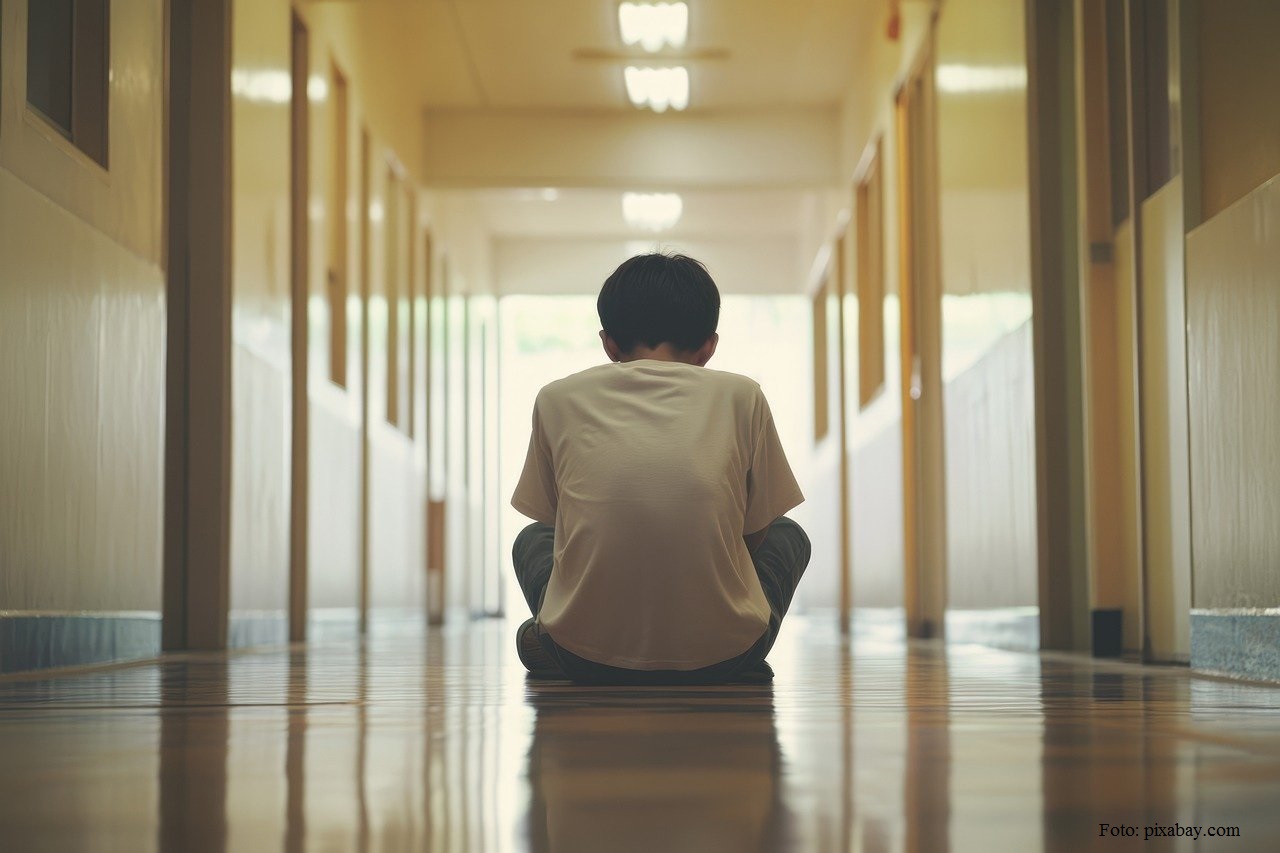On violence and other demons
Domestic violence is a repetitive process, a succession of abusive actions, which can become predictable

Luiza Moldovan, 05.01.2022, 01:45
Whether it is physical, sexual, cultural, spiritual or
cybernetic, violence is always about power and control. Violence is a
repetitive process, which can escalate to crime and even murder. This sick
power-control game is causing deep trauma into the victims. But what is
domestic violence from a psychological point of view and what are the stages of
this process? Psychotherapist Cristina Nastase explains.
Cristina Năstase: From a psychological point of view violence in the family, also
known as domestic violence involves intentional premeditated actions based on
physical or emotional constraint against another family member in order to
control them. So, this is abuse. Domestic violence is a repetitive process, a
succession of abusive actions, which can become predictable. This violence loop
so to say has four stages, that can be noticed either in the behaviour of the
victim or the aggressor. The first stage consists of tension. The victim is
tensioned and they are walking on eggshells trying to calm down the spirits. In
the second stage, that of aggression, the victim is being humiliated, sad and
has the feeling of unfairness and that the other always gets what they want. In
the third stage, of rationalizing, the victim tries to understand and help the
aggressor to change. The victim doubts their own feelings and feels somehow
responsible for the situation. In the fourth stage, the reconciliation, or the
honeymoon as was dubbed, the victim gives another chance to the aggressor. The
victim offers their full support hoping the aggressive behaviour will change. Unfortunately,
Romania ranks among the first countries in the EU in terms of domestic
violence. Every 30 seconds, a woman gets beaten and 3 out of 10 have suffered
physical and psychological aggression since they were 15. Another EU statistics
shows that every hour, two children in Romania are victims of domestic violence
and 86% of these abuses are taking place inside the family. Only one out of 9
parents says they would never hit their children while 50% say they are doing
it for the benefit of the children. 63% of the children have confessed they
have been hit by their parents at least once.
Paradoxically, although repeatedly abused the victim does
not leave the aggressor. Fooled by the aggressor’s behaviour right after the
abuse, the victim feels like giving the aggressor another chance. Then another
one. Here is Cristina Năstase again at the microphone:
Cristina Năstase: There is a certain stage in the abuse process, called the honeymoon,
during which the abuser changes their behaviour towards the victim in order to
prevent her from leaving. They may appear as showing genuine remorse, pledge to
seek professional help and even behave in order to regain the victim’s trust.
We should not forget the victim is in a state of confusion and the aggressor’s
pledges and changed behaviour can make the victim to believe the relationship
can be saved. It is very important for the victims to understand they aren’t
the cause of the abuse and they should avoid any feeling of guilt, which is
actually keeping them trapped in this relationship with the abuser.
The abuse can take various forms as Cristina Năstase further
explains:
Cristina Năstase: There are several known
forms of domestic violence. The most evident of them is physical violence,
which refers to bodily harm. Sexual violence includes non-consensual sex,
involving family members and even children. Psychological violence can take the
form of threats, coercion, harassment, emotional blackmail, humiliation,
gaslighting, using children as a means to put pressure, and so on. Social
violence involves the forced isolation of the victim, by forbidding or
restricting contacts with friends or family. Economic violence is the
prohibition to work, restricting the victim’s access to money, personal
belongings, food, telephone, everything that would make the victim autonomous. Spiritual
violence may include preventing the victim from speaking their mother tongue or
forcing unacceptable religious practices. There is also a new form of domestic
violence, cyber-violence, which consists in online harassment, monitoring and
intercepting the victim’s devices without their consent. All these forms of
violence are used to gain a position of control and power.
Emotional blackmail,
manipulation, coercion, frequent mentioning of the victim’s past mistakes, are
all elements of guilt tripping. Cristina Năstase:
Cristina Năstase: Guilt tripping is a form
of domestic violence called emotional violence. Unlike physical violence, it is
a long-term process that the victim fails to perceive and ends up by seeing as
normal. It is basically a form of verbal or non-verbal communication through
which the abuser seeks to induce a feeling of guilt or responsibility so as to
control the victim’s behaviour. This is a clear form of psychological
manipulation and coercion, and it may be identified in various situations: when
the abuser suggests the victim has not worked as much or as well as they have, when the abuser discusses the victim’s past mistakes, when they remind the
victim of the favours they have received, when they behave as if they were
angry but then they deny having a problem, when they resort to the silent
treatment while their body language makes it clear that they disapprove of the
victim. Guilt tripping may work when trying to make the partner do something,
but the cost is that the other person feels manipulated.
Children are the most
vulnerable and the easiest to hurt. Perfect victims, lacking any defence, abused
children actually take this to be normal. Psychologist Cristina Năstase tells
us about the consequences of physical, psychological and other forms of
violence on children:
Cristina Năstase: Children often remain
loyal to the abusing parent or caregiver, because they are afraid of what might
happen if they speak about the abuse. An emotionally abused child may also come
to believe that name-calling or emotional neglect are normal facts of life. Children
may be unwilling to talk about the abuse because they mistake it for normal
behaviour. Children often think they are responsible for the abuse, for being
unwanted or unloved. It is only by contrasting their own experience with the
ones of other children, by discussions in school, that they can eventually
understand that what they experience is toxic. The consequences of domestic
abuse in children may be severe, and they may last until adulthood. These
children will experience attachment disorders, intimacy problems, conflict
resolution difficulties, destructive behaviour, addiction, aggression,
emotional unresponsiveness, and without adequate intervention those who have
been abused as children are more likely to abuse their own children later in
life. (tr. D. Bilt, A.M. Popescu)






























